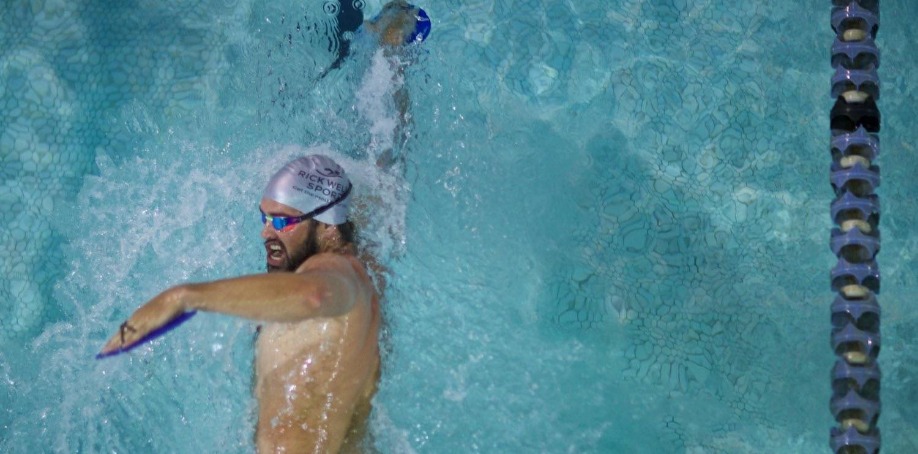Calculating your Swim Pace Zones
Having an understanding of your correct Training Zones is vital to know you are training optimally and not compromising your technique or energy levels by swimming too fast, and consequently limiting your fitness progression by swimming too slow.

Why is it important to understand your Swim Pace Zones?
The discussion of swim pace zones doesn't often come up in discussions with Age Group Triathletes, however it should. Many athletes see swimming as the least important of the three Triathlon disciplines, and because they're only swimming 2-3 times per week in some cases they figure as long as they're swimming it's all good. This shouldn't be the case, swimming deserves as much awareness to training intensity as cycling and running.....maximise your gains by swimming smarter.
The Time Crunched athlete, in particular, needs to know they are getting things right when it comes to training.
So why don't we really consider Swim Pace Zones too often? Well it's a bit difficult to get a good understanding of how a given % of your Threshold Pace corresponds to your true effort, and the energy system you're tapping into. It's not as easy as with running or cycling where GPS, Power Meters and Heart Rate monitors give us a clear understand of absolute effort. With swimming all we really can rely on is a Pool Clock and an understanding of our own Rating of Perceived Effort. But we can make do, so read on you will find out how.
Swim Threshold Pace
Some very experienced Swim Coaches have come up with what seems to be a pretty reliable way to measure one's Threshold Pace and how to determine Training Zones around that.
Your Threshold Swim Pace can loosely be considered your Lactate Threshold, or the highest workload you can maintain without having an accumulation in blood lactate. There's a general consensus among Coaches and Athletes that a 1000m Time Trial (or 500m for less experienced swimmers) is sufficient for determining your Lactate Threshold.
To know you are measuring this correctly you should go into the TT rested and recovered from previous strenuous exercise. So when you are ready to perform the TT head to the pool, have a decent warm up, psyche yourself up and rip into it.
Once you have timed yourself for the 1000m divide the time by 10 (or 5 if you swam 500m) to determine your T-Pace. This is the pace you swam per 100m for the TT....a very useful number to keep in mind. If you are at the lower range of experience spectrum, or not particularly consistent with your swimming, and did the 1000m TT, you may even want to add 1 second on to your T-Pace. You should always be aware of your current T-Pace, especially throughout various stages of the season. You can retest every 2-4 weeks if you are really wanting to make sure you are current with your T-Pace, otherwise twice each season should be sufficient (once at the start and another 4-6 weeks prior to your A race).

Swim Pace Zones
Think of these pace zones as a range, not as a firm target, so allow a couple of seconds either side of the pace time. Some days you feel amazing, and going a second or two per 100m faster may not add any more strain. Consequently, some days feel less lively, and you want to just stick to a second or two slower than the calculated pace. You are still working in the vicinity of that pace, and will see the adaptations come from it.Zone 1 and Zone 5+ don't have a pace as these should be based soley on feel.

Zone 1 is your easy relaxed warmup/recovery pace, whereas 5+ is flat out, as hard as you can swim, and this may not even be 100m long, so it's hard to monitor pace at this effort.
Use out our own Pace Zone Calculator to determine your Pace Zones
Once you've determined your training zones you will be armed with an understanding of the pace you need to be swimming at to achieve certain training adaptations. You will also be able to compare your T-Pace to other previous TT's you've performed so you can track your progress.


